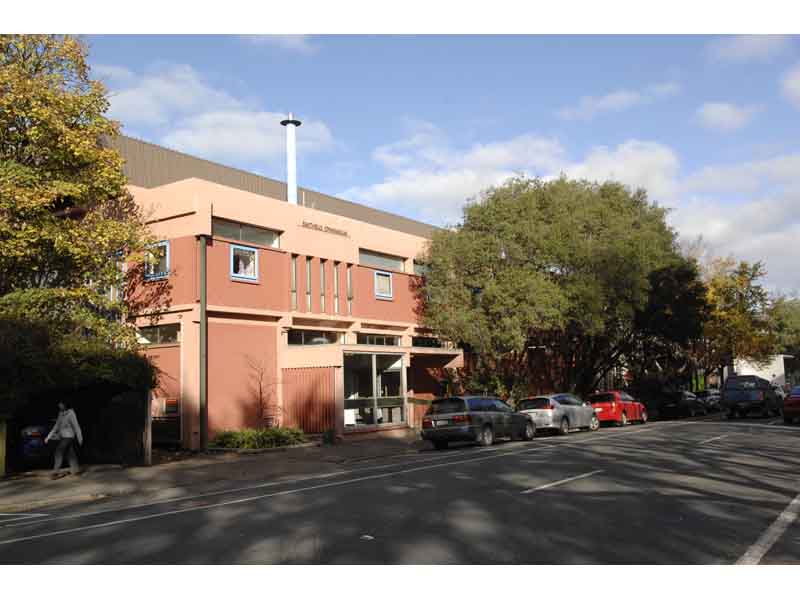
Some of the University of Otago's ageing buildings could be demolished to make way for new developments as part of a fresh vision for its Dunedin campus.

The university is busy working on updating its campus master plan, which will provide direction for its campuses over the next 20 years.
The plan is likely to be signed off early next year, but the university has shared detail about what could be included in it and what buildings could be demolished to make way for new developments.
Among the buildings that could make way for new developments under the plan are the Archway Lecture Theatres in Union St East, Smithells Gymnasium in Cumberland St and the multistoreyed Adams building in Frederick St, which houses health sciences staff.
Once approved the master plan would guide future development, but there was no guarantee projects included in it would actually happen.
Property services planner and policy adviser Murray Brass said priorities identified by those updating the plan included a multi-use development near the Union Lawn.
The development across several buildings would involve creating a hub bringing together student services from around the campus. It could also house shops, cafes, galleries and exhibition spaces, a covered area for markets, conference and meeting areas and areas designed to support use by the university's Maori and Pacific communities.
The development could involve demolishing several buildings in the area, such as the Smithells Gymnasium, some old houses in Union St, the sciences divisional office in Union Court and the School of Physical Education's McIntosh House.
One aim of the development would be to attract students, staff and the public to the hub area at all times of the day and night, injecting a feeling of vibrancy and life right into the heart of the campus.
Another project being mooted was bringing biomedical researchers from around the campus into one building and redeveloping or replacing the ageing and crowded Adams Building in Frederick St.
Mr Brass said the university was also likely to be involved in the Dunedin Hospital rebuild ''in some way''.
The Archway Theatres could be replaced with shared and flexible teaching spaces.
As part of updating the plan property services staff had discussed priorities with divisional heads and senior university staff.
They were now collating feedback to develop a draft update with the aim of seeking approval early next year.
The focus of the updated plan would be on ''quality rather than expansion'' and vice-chancellor Prof Harlene Hayne said its campus would have a similar footprint in the next five to 10 years.
However, the activities based on campus could change significantly, and the university needed room to grow in the long-term, Prof Hayne said.
Chief operating officer Stephen Willis emphasised developments included in the plan would not definitely happen.
In the past some people had assumed it was a concrete action plan, when it was actually a framework within which major building and landscaping projects could be prioritised.
Each project still had to go through the university's standard approval processes.
When a business case for a specific project was presented to the university council so it could consider both the detail and any wider issues, including financial restraints, then the master plan would come into play.
Other ideas and themes emerging from the review of the master plan included a wish to:
Provide clarity over whether a Department of Marine Science building and aquarium will be constructed beside Otago Harbour.
Have a building set aside for staff and students to occupy while construction is under way in their usual buildings.
Create an Earth Sciences Precinct (Botany, Geology, Marine Science).
Redesign and update some teaching spaces.
Create more informal learning and social spaces, which include shops and cafes.
Boost high-quality information technology services.
Focus more on the importance of the town and gown relationship.
Consolidate support divisions in one building, which could include property services, information technology services, academic services and human resources.
Redevelop Health Science campuses in Wellington and Christchurch.
Demolish or redevelop the arts building to create a hub for the Division of Humanities.











